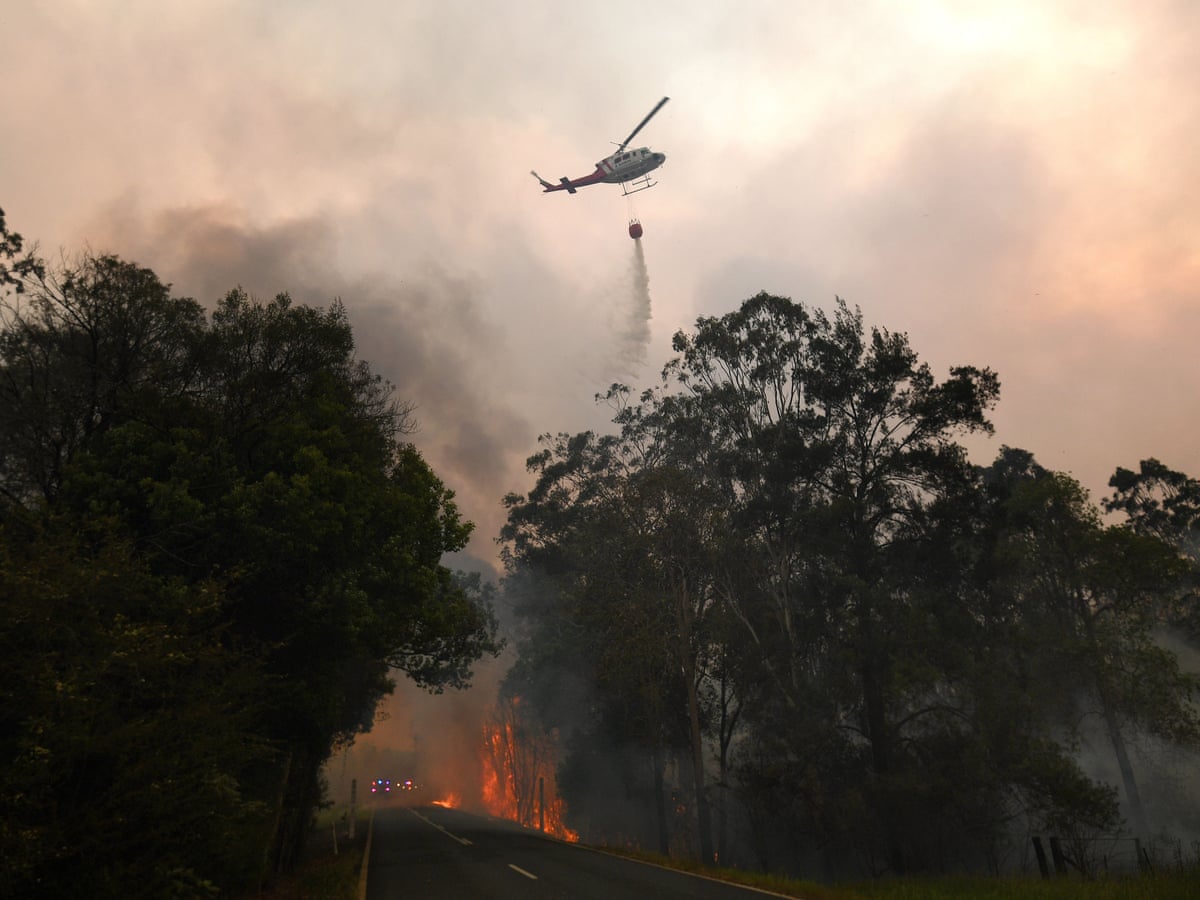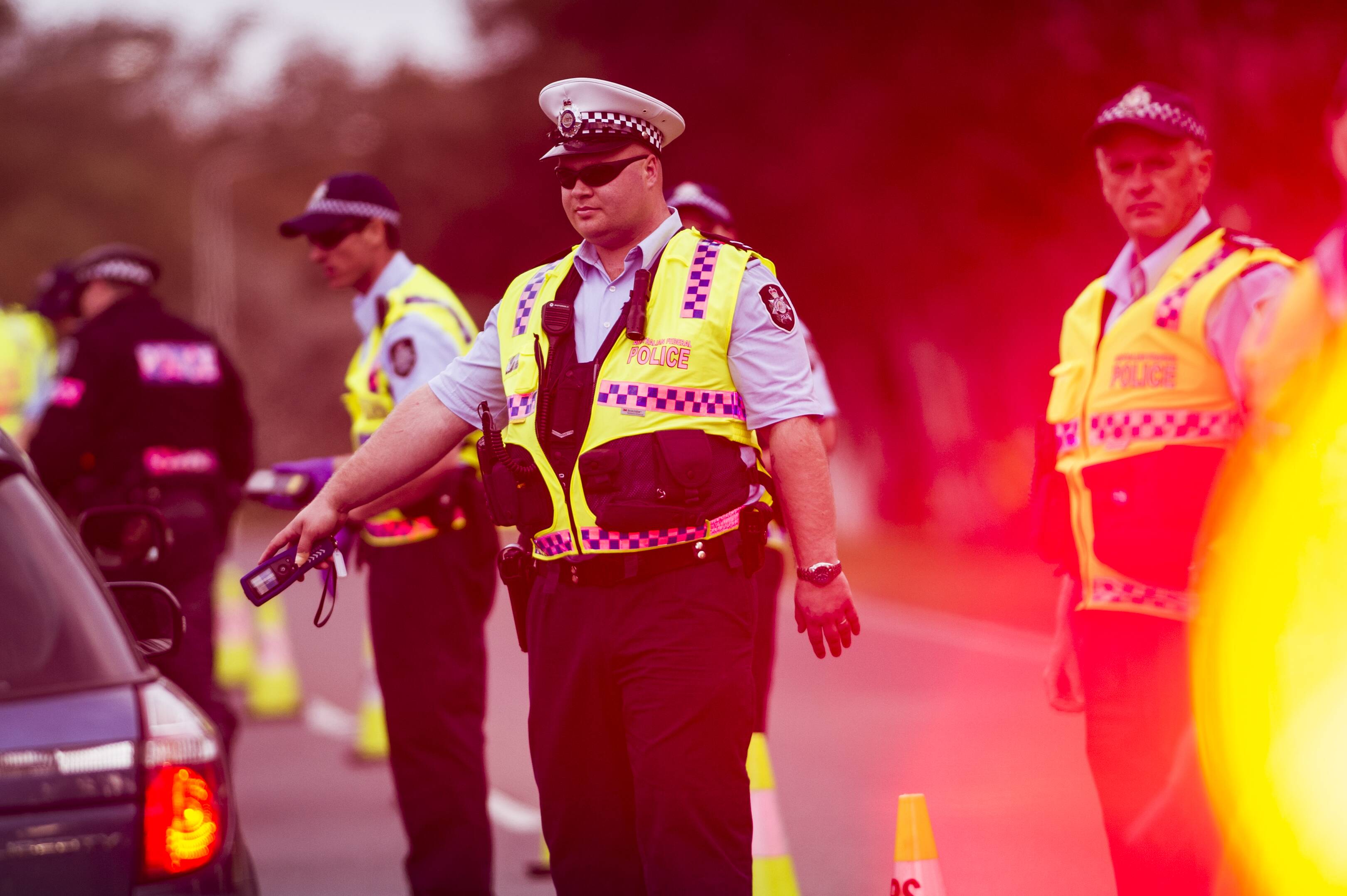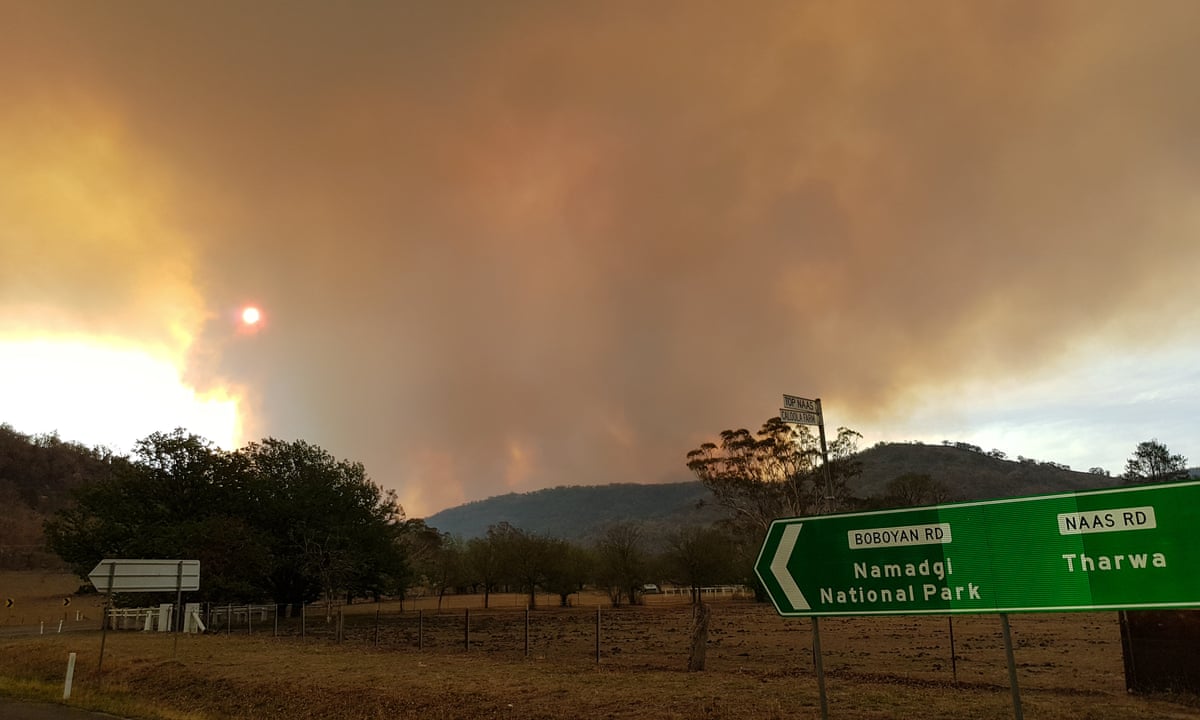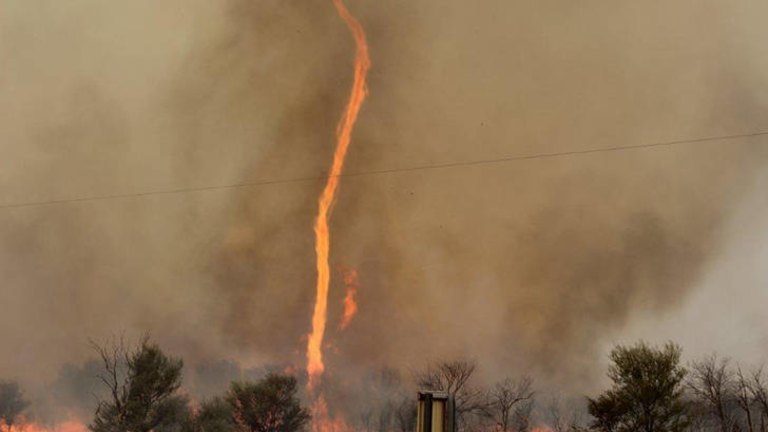- Jul 2, 2018
- 2,694

AUSTRALIAN ALPS, VICTORIA AND NEW SOUTH WALES
32 DEGREES CELSIUS ABOVE 1000M
38 DEGREES CELSIUS AT SEA LEVEL
Usually the home of ski resorts in Australia, the middle of summer would see the Australian Alps turn into a warm defrosted wilderness, with usually much cooler temperatures than sea level. Things were starting to get hot on the sea level though and as a result, up in the mountains as well. Temperatures that they usually don't see, above 30 degrees celsius. Summer creates all types of weather conditions and after quite a hot day in the Alpine areas, a storm would begin rolling across Victoria, developing through tropical moisture being dragged from the north of Australia through a frontal trough. It would blanket the cities of Melbourne and Canberra in heavy rainfall and thunderstorms, but the temperature didn't shift much, still staying relatively warm and humid. It would also create thousands of lightning strikes everywhere in between, throughout the Victorian Alps and Southern New South Wales. Spot fires would begin to start in high elevations, elevations which were extremely difficult for fire fighting. 87 fires in total would start in Victoria across the Alpine National Park and the Mount Buffalo National Park and 4 fires would start in New South Wales in the Brindabella National Park, just north-west of the Australian Capital Territory and 1 significant one would start in the locality of Yambulla near the Victorian border. Due to the rugged terrain, local fire crews from the Country Fire Authority in Victoria, the Rural Fire Service in New South Wales, the Forest Fire Management Victoria, the New South Wales National Parks and Wildlife Service and the ACT Rural Fire Service in the Australian Capital Territory would find it difficult to reach them. Trucks would be sent up to high elevations, through windy roads and roads which were cut off due to trees falling down in the storm. Aircraft would be predominantly used to attempt to extinguish the fires. Helicopters from the CFA and the NSW Rural Fire Service would begin waterbombing operations in an attempt to extinguish the fires.
At the moment, the Yambulla fire would pose the most significant threat to lives and property as the other fires were not as fast moving and were in uninhabited areas. Significant resources from District 11 of the Country Fire Authority, the NSW Rural Fire Service, Forest Fire Management Victoria and the New South Wales National Parks and Wildlife Service would be sent to the fire as it crossed the NSW-Victorian border heading towards the Victorian towns of Maramingo Creek and Genoa as well as the larger but further town of Mallacoota. A Watch and Act warning would be in place for people in the areas of Maramingo Creek and Genoa and an Emergency Warning for people in the proximity of the Yambulla State Forest and the Maramingo Creek Nature Conservation Reserve.















